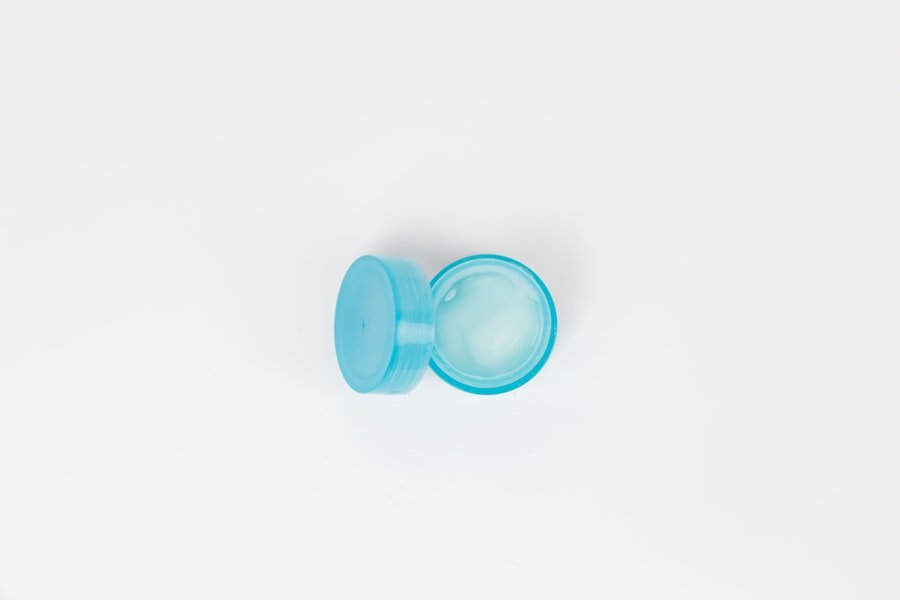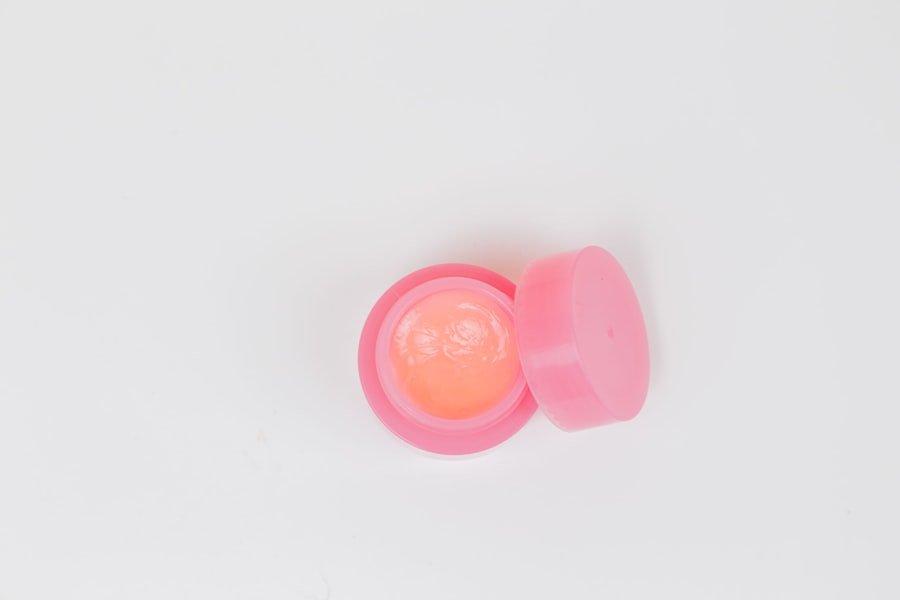Dry skin, or xerosis, is a common condition that many of us experience at some point in our lives. It can manifest in various ways, from a tight feeling after washing to visible flakiness and irritation. Understanding the underlying causes of dry skin is crucial for us to effectively address it.
Factors such as environmental conditions, genetics, and lifestyle choices all play a significant role in the health of our skin. For instance, cold weather can strip moisture from our skin, while hot showers may exacerbate dryness by removing natural oils. Additionally, certain medical conditions, such as eczema or psoriasis, can lead to chronic dryness.
The symptoms of dry skin can vary widely among individuals. Some of us may notice rough patches or scaling, while others might experience redness and itching. In severe cases, dry skin can crack and bleed, leading to discomfort and potential infections.
Recognizing these symptoms early allows us to take proactive measures to restore our skin’s health. We should pay attention to how our skin reacts to different environments and products, as this awareness can guide us in making better choices for our skincare routines.
Key Takeaways
- Dry skin can be caused by factors such as genetics, weather, and aging, and is characterized by symptoms like flakiness, itchiness, and tightness.
- When cleansing dry skin, opt for gentle, hydrating cleansers that won’t strip away natural oils, and consider using micellar water for a no-rinse option.
- Exfoliate dry skin with mild chemical exfoliants like AHAs and BHAs to remove dead skin cells without causing irritation or further dryness.
- Choose moisturizers for dry skin that contain ingredients like hyaluronic acid, glycerin, and ceramides to effectively hydrate and repair the skin barrier.
- Serums and treatments for dry skin can target specific concerns like fine lines, dullness, and redness, and can be layered under moisturizer for added hydration and nourishment.
Cleansing for Dry Skin: Finding the Right Products
Opt for Gentle and Hydrating Cleansers
Instead, we should look for gentle, hydrating cleansers that are free from sulfates and fragrances. Cream-based or oil-based cleansers are often ideal for our needs, as they help maintain moisture while effectively removing dirt and impurities.
Be Mindful of Water Temperature and Cleansing Frequency
We should also consider using lukewarm water instead of hot water during cleansing, as hot water can further dehydrate our skin. In addition to selecting the right cleanser, we must also be mindful of how often we cleanse our skin. Over-cleansing can lead to increased dryness and irritation. For most of us, cleansing once or twice a day is sufficient.
Complete Your Routine with a Hydrating Toner
We should also incorporate a hydrating toner or essence after cleansing to help replenish moisture levels. By being intentional about our cleansing routine, we can create a solid foundation for the rest of our skincare regimen.
Exfoliation: How to Remove Dead Skin Cells Without Irritating Dry Skin

Exfoliation is an important step in any skincare routine, but for those of us with dry skin, it requires a delicate approach. While removing dead skin cells can help improve texture and promote cell turnover, we must be cautious not to irritate our already sensitive skin. We should opt for gentle exfoliants, such as chemical exfoliants containing alpha-hydroxy acids (AHAs) or beta-hydroxy acids (BHAs), rather than harsh physical scrubs that can cause micro-tears in the skin.
Incorporating exfoliation into our routine once or twice a week can yield significant benefits without compromising our skin’s integrity. We should also follow up with a nourishing moisturizer immediately after exfoliating to lock in hydration and soothe any potential irritation. By finding the right balance in our exfoliation routine, we can achieve smoother, healthier-looking skin without exacerbating dryness.
Hydration: Choosing the Best Moisturizers for Dry Skin
Selecting the right moisturizer is perhaps one of the most critical steps in managing dry skin. We should look for products that contain occlusive agents like petrolatum or dimethicone, which create a barrier on the skin to prevent moisture loss. Additionally, humectants such as glycerin and hyaluronic acid are excellent choices as they draw moisture into the skin.
When shopping for moisturizers, we should also consider those formulated specifically for dry skin, as they often contain richer textures and additional nourishing ingredients. It’s important for us to apply moisturizer immediately after cleansing or exfoliating while our skin is still slightly damp. This practice helps seal in moisture and enhances the effectiveness of the product.
We may also want to consider layering our moisturizer with facial oils for an added boost of hydration, especially during colder months when our skin tends to lose moisture more rapidly. By prioritizing hydration in our skincare routine, we can significantly improve the overall appearance and feel of our dry skin.
Serums and Treatments: Targeting Dry Skin Concerns
In addition to moisturizers, incorporating serums and targeted treatments into our skincare routine can help address specific concerns related to dry skin. Serums containing ingredients like niacinamide can help strengthen the skin barrier and improve overall texture, while those with ceramides can aid in restoring moisture levels. We should also consider using products with antioxidants like vitamin C to protect our skin from environmental stressors that can exacerbate dryness.
When applying serums, we should remember that a little goes a long way. We can gently pat a few drops onto our skin after cleansing and before moisturizing to maximize absorption. For those of us dealing with particularly stubborn dry patches or irritation, we might explore treatments specifically designed for sensitive or compromised skin barriers.
By tailoring our serums and treatments to our unique needs, we can effectively target dry skin concerns and promote a healthier complexion.
Sun Protection: Shielding Dry Skin from Harmful UV Rays

Choosing the Right Sunscreen
UV rays can not only cause premature aging but also exacerbate existing dryness and irritation. We should choose broad-spectrum sunscreens with an SPF of at least 30 that are formulated for dry or sensitive skin types. Mineral-based sunscreens containing zinc oxide or titanium dioxide are often gentler on the skin and provide effective protection without causing irritation.
Applying Sunscreen Correctly
Incorporating sunscreen into our daily routine is crucial, even on cloudy days or when staying indoors, as UV rays can penetrate windows. We should apply sunscreen generously to all exposed areas of our skin and reapply every two hours when outdoors.
Protecting Dry Skin from Harmful UV Rays
By prioritizing sun protection, we can safeguard our dry skin from harmful UV rays while maintaining its health and vitality.
Special Care for Dry Areas: Hands, Feet, and Elbows
Certain areas of our body are more prone to dryness than others, particularly the hands, feet, and elbows. These areas often require special attention in our skincare routines. For instance, we should keep a rich hand cream nearby to apply throughout the day, especially after washing our hands or using hand sanitizer.
Look for creams that contain nourishing ingredients like shea butter or almond oil to provide lasting hydration. Our feet also deserve extra care; we might consider using thicker foot creams or balms before bed and wearing cotton socks overnight to lock in moisture. Similarly, elbows often need targeted treatment due to their thicker skin; applying a heavy-duty moisturizer or ointment regularly can help keep them soft and supple.
By giving special care to these dry-prone areas, we can ensure that our entire body feels comfortable and hydrated.
Nighttime Routine: Nourishing and Repairing Dry Skin While You Sleep
Our nighttime skincare routine is an excellent opportunity for us to nourish and repair dry skin while we sleep. During this time, our skin undergoes its natural regeneration process, making it an ideal moment to apply richer products that may feel too heavy during the day. We should consider using a thicker moisturizer or overnight mask designed specifically for dry skin to provide intense hydration.
In addition to moisturizers, incorporating nourishing oils into our nighttime routine can enhance hydration levels significantly. Oils like jojoba or rosehip oil are excellent choices as they mimic the natural oils produced by our skin and help lock in moisture overnight. By establishing a consistent nighttime routine focused on nourishment and repair, we can wake up with refreshed and revitalized skin.
Lifestyle Changes: Tips for Managing and Preventing Dry Skin
Managing dry skin often requires us to make some lifestyle changes that support overall skin health.
One of the most important factors is staying hydrated; drinking plenty of water throughout the day helps maintain moisture levels in our skin from within.
Additionally, we should be mindful of our diet; incorporating foods rich in omega-3 fatty acids—such as fatty fish, walnuts, and flaxseeds—can help improve skin barrier function.
We should also consider adjusting our bathing habits; taking shorter showers with lukewarm water instead of hot water can prevent further drying out our skin. Using a humidifier in our living spaces during dry months can also add moisture back into the air, benefiting both our skin and respiratory health. By making these small yet impactful lifestyle changes, we can better manage and prevent dry skin.
Professional Treatments: Options for Rejuvenating Dry Skin
For those of us seeking more intensive solutions for dry skin, professional treatments may be worth considering. Dermatologists offer various options tailored to address specific concerns related to dryness. Treatments such as chemical peels can help remove dead skin cells while promoting cell turnover, leading to smoother and more hydrated skin.
Another option is microneedling, which stimulates collagen production and enhances product absorption by creating tiny micro-channels in the skin. Additionally, professional facials designed specifically for dry or sensitive skin can provide deep hydration and rejuvenation through specialized techniques and products. Consulting with a skincare professional allows us to explore these options safely while ensuring they align with our unique needs.
Creating a Personalized Routine: Tailoring Skin Care to Your Unique Needs
Ultimately, creating a personalized skincare routine is essential for effectively managing dry skin. Each person’s skin is unique; what works for one individual may not work for another. We should take the time to assess our specific concerns—whether it’s flakiness, tightness, or irritation—and tailor our products accordingly.
By experimenting with different cleansers, moisturizers, serums, and treatments while paying attention to how our skin responds, we can develop a routine that truly meets our needs. Keeping track of changes in our environment or lifestyle that may affect our skin will also help us adjust our routine as necessary over time. With patience and dedication, we can cultivate a skincare regimen that promotes healthy, hydrated skin tailored just for us.
If you are struggling with dry skin, you may also be interested in learning about effective solutions for hair loss. Dr. Trisha Khanna offers an article on the best hair regrowth treatment to help you achieve a fuller head of hair. Taking care of your skin and hair go hand in hand, so it’s important to address both concerns for overall health and confidence.
FAQs
What is dry skin?
Dry skin is a common skin type that lacks the appropriate amount of water and oil to maintain its natural moisture balance. It can feel tight, rough, and itchy, and may appear flaky or dull.
What causes dry skin?
Dry skin can be caused by a variety of factors, including genetics, aging, weather conditions, harsh soaps or detergents, hot showers, and certain medical conditions such as eczema or psoriasis.
What is the ultimate skin care routine for dry skin?
The ultimate skin care routine for dry skin involves gentle cleansing, regular exfoliation, hydrating and nourishing products, and sun protection. This may include a gentle cleanser, a hydrating toner, a rich moisturizer, a nourishing serum, and a broad-spectrum sunscreen.
How often should I cleanse my dry skin?
It is recommended to cleanse dry skin no more than twice a day, using a gentle, hydrating cleanser to avoid stripping the skin of its natural oils.
What ingredients should I look for in skin care products for dry skin?
Look for ingredients such as hyaluronic acid, glycerin, ceramides, and natural oils like jojoba or argan oil, which help to hydrate and nourish dry skin.
How often should I exfoliate dry skin?
Exfoliating dry skin 1-2 times a week can help to remove dead skin cells and promote cell turnover, but it’s important to avoid over-exfoliating, which can further dry out the skin.
Why is sunscreen important for dry skin?
Sunscreen is important for dry skin because it helps to protect the skin from the sun’s harmful UV rays, which can further dry out the skin and lead to premature aging.


